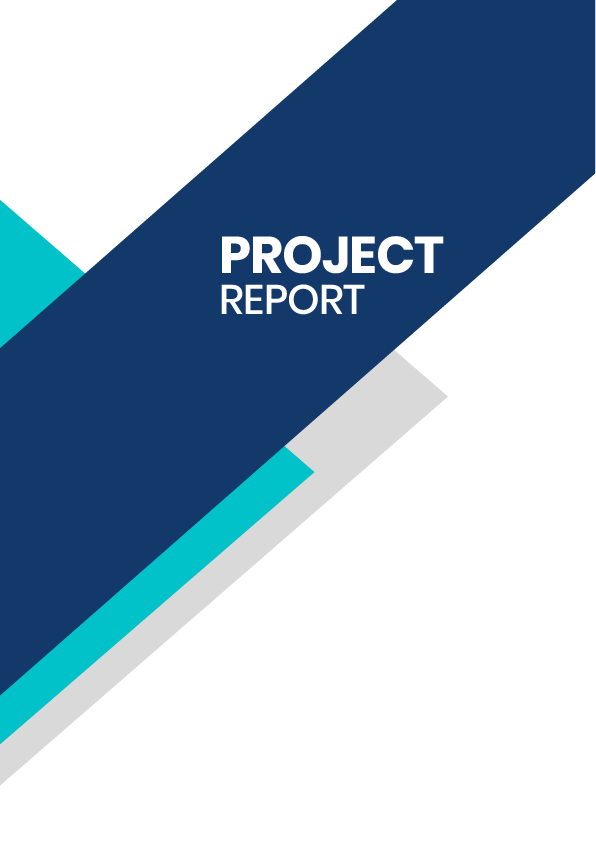Related Keywords
- Fuel station
- gas station
- filling station
- service station
- fuel outlet
- diesel pump
- petroleum station
- oil station
- fuel dispenser
- motor fuel station
- ईंधन स्टेशन
- गैस स्टेशन
Why should entrepreneurs invest in the petrol pump business?
- Fuel Demand is Rising: More cars and trucks hit the road every day. Industries need fuel to run machines. India had 91,273 petrol pumps in October 2024, which is 5.88% more than in 2023. This proves that people need fuel more than ever.
- You Can Make Money in Different Ways: A petrol pump is not just for selling fuel. You can add EV charging stations, small shops, and fast-food counters. This brings more customers and extra income.
- High Profits with Every Sale: Petrol pump owners earn ₹2-3 per liter of fuel. Since fuel use keeps increasing, you can make steady and growing profits every month.
- Starting a Petrol Pump is Easier Now: The government has made it simple to get licenses and permissions. They also support business growth with better roads and policies. This makes it easier for new entrepreneurs to start a petrol pump.
Why Do You Need a Project Report for Petrol Pump Business?
- Get Licenses and Approvals Faster: The Indian government now allows non-oil companies to open petrol pumps, but you need to meet specific rules. For example, a company must have a net worth of ₹250 crore and set up alternative fuel facilities within three years. A project report helps prove your business is ready, making it easier to get approvals.
- Get Loans and Investments Easily: Petrol pumps are growing fast. Bharat Petroleum plans to open 14,273 new outlets to meet demand. Banks and investors want to see a solid plan before giving money. A project report shows them your expected earnings, market research, and business risks, making it easier to secure funds.
- Plan Smartly and Avoid Risks: India now has around 88,000 petrol pumps, a 40% increase in five years. You need a good location and a strategy to beat the competition. A project report helps analyze market trends and choose the best spot, reducing the chance of failure.
- Run a Profitable Business: New petrol pumps must offer CNG, LNG, biofuels, or EV charging within three years. A project report outlines how you’ll include these services, keeping your business future-proof and profitable.
Why Opt Finline for Best Project Report for Petrol Pump?
- Create Your Report in 10 Minutes: Just enter your details, and Finline gives you a complete, bank-ready report instantly.
- Get Easy Loan Approval: Banks ask for project reports before giving loans. Finline’s reports meet all bank rules, so you get approval without hassle.
- Join 3 Lakh+ Happy Users: Over 3 lakh entrepreneurs have trusted Finline to secure funding. They got their reports, got their loans, and started their businesses.
- Works for Any Petrol Pump Business: Whether you plan to open a franchise, private pump, or multi-fuel station, Finline gives you a clear financial plan to grow your business.

Need expert service?
Please send a WhatsApp message to us, and our team of experts will guide you in creating a project report for bank loan.
Create Your own project report in less than 10 mins.
- Unlimited edits
- Unlimited downloads
- Up to 10 years of projections
- 20+ pages

Frequently asked questions
Everything you need to know about the product and billing.
Finline is an online tool for creating a project report for bank loan online and see the report for free online. You only need to pay for downloading the report.
Can I change my plan later?
Yes , ofcourse you can upgrade from a lite plan to a pro at anytime.
Can I edit the report after download ? is it chargeable?
You can do unlimited edits even after download without any extra payment.
What is the ‘lite’ and ‘pro’ plan ? Is it subscription based plans?
Lite and Pro are just individual report download plans , not subscription plans.
Do I require a CA seal & Stamp for getting a loan?
Not at all, project report is a business plan about your business and it should be prepared by an entrepreneur . Nobody can predict and certify a business which is going to happen in the future.
Can I get any assistance from your team?
Yes of course, you can go to the help section in all pages were you can find chat button for seeking support.
Can I get a project report format for bank loan through Finline?
Yes! Finline provides a ready-to-use project report format for bank loan. You can create it online, see it for free, and download it instantly for your loan application. This makes your project report format for loan easy to complete in just a few steps.
Do you provide a project report format for bank loan in excel?
Yes. Finline offers a project report format for bank loan in excel that is easy to edit and customize. You can also download a project report format for loan in excel if you prefer working offline.